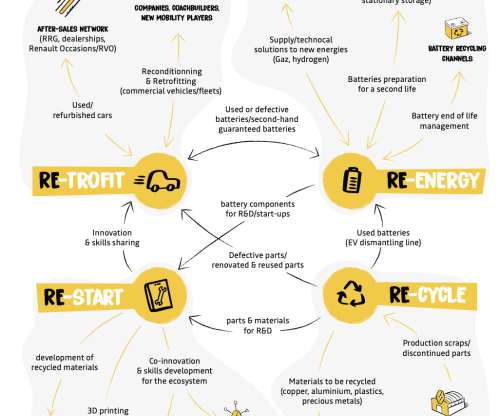Groupe Renault creating first European factory dedicated to the circular economy of mobility in Flins
Green Car Congress
NOVEMBER 26, 2020
The performance of the ReFactory will also relate to the ability to generate closed-loop supply flows with controlled costs (reuse, recycling for repair), and to develop new value-added skills (retrofitting, dismantling, fleet maintenance, preparation of batteries for the second life, etc.)













Let's personalize your content